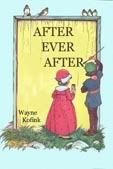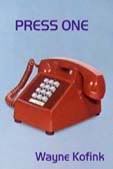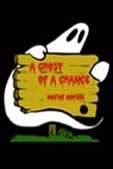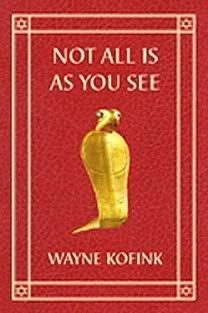THE BUSINESS CHURCH

I have often joked that if the Lutheran church knew with absolute certainty that the Lord would return tomorrow, they would appoint a welcoming committee that would schedule its first meeting a week from Thursday. And the first order of business would be to write by-laws for the committee.
Like many jokes, the humor in this comes from it being uncomfortably close to reality. Since I was a lad, there have been two major mergers of the Lutheran bodies I belonged to (The United Lutheran Church of American into the Lutheran Church in America into the Evangelical Lutheran Church in American) . Each merger has required the development of complex structures. And at some point after the merger, each required complicated restructuring which was supposed to improve things. In each case, nothing of substance changed except membership declined.
What do you expect? The model for all this structuring and restructuring is corporate America where the motto seems to be, "When you can't think of anything useful to do, restructure." I think the modern term is "re-engineer" as in "Let's Re-engineer our Core Processes using the synergy of Team Work until we achieve Total Quality as a World Class organization."
I'd like to investigate the modern business model, so I guess I'd have to go to New York to see how the big boys do it, but I face a problem: how to get to New York. Maybe I should grab and Eastern Airlines flight. Except, they're out of business. OK, I'll take Pan Am. They're gone too.
Maybe by train, then. Of course the Orange Blossom Special stopped running in 1953 and its operator, Seaboard Air Line Railroad, has, through a series of mergers, become CSX Transportation which doesn't operate passenger trains; that function having been passed on to AMTRAK which ended service in Ocala in 2004.
Maybe I'll just drive. What should I take, my Nash-Rambler? Edsel? De Lorean? Oh rats! I'll just stay home and watch TV shows on the DuMont Network. Or maybe watch a RKO movie at a Balaban and Katz theater, or stop off at a National or Red Owl grocery store or maybe just snoop at Woolworth's dime store.
You see my point. If business people are so smart, why did all the business I mention above go out of business? And why should we imitate them? All right, to be fair, F. W. Woolworth hasn't gone out of business. It's just morphed into Foot Locker. Maybe the Lutheran church should do the same and morph into something else, The Society for the Protection and Preservation of Nearly Extinct Religions–Lutheran Branch.
Churches at all levels are institutions, just like businesses or government. Can't help that. Unfortunately, most institutions lose sight of their purpose and make institutional survival the prime concern. Or they get involved in some peripheral issue which drains the resources preventing anything useful from getting done. My denomination spends thousand upon thousands of dollars developing social statements that are largely ignored or just get people worked up. And we pay lobbyists to advocate for things most of our members disagree with. You really think politicians pay any attention to groups that can't give them campaign contributions? Come off it! Let's just do what we're supposed to do. You know, my denomination is really good at feeding hungry people. We have a very efficient agency to do that. So let's get on with doing it and stop the nonsense.
Once in awhile someone in authority gets an inkling something is wrong, but they inevitably do the wrong thing. Our latest fad is that we are supposed to be "Missional Leaders." (I must have been asleep when this new jargon came in because the phrase gets 61,700 hits on Google. I'm not impressed.) I think all that it actually means is to do what we were supposed to do as church leaders, but we can't do because we're too busy dealing with inane mailing from "The Powers That Be" about "missional leadership" and going to conferences on "missional leadership" and reading books about "missional leadership." And as soon as we've got all that mastered, they'll tell us that "missional leadership" is out and something new is in. I know this will happen. A colleague who graduated from seminary more recently than I did said they were talking about "transformational leaders" in her day. I think we had the phrase "change agents" for awhile. In my seminary days the jargon was "enabler." I think before my time it was "prophetic ministry."
Well, they can restructure, rename and whatever all they want. It doesn't matter. I've got to get some real work done. I need to figure out how to help teenagers understand what God means in their lives. I need to find a way to help some hungry people in our community. I need to comfort some folks having a bad time. And if I get a chance, I'd like to try to figure out how to get the Sheriff's office to notice the drug trafficking that goes on in the little shopping plaza right across the street from the Sheriff's district office. (Law enforcement is also an institution.)
This is your old Missional Leader hoping that you can Re-engineer your life to achieve Total Quality. If not, may the Lord bless you on your way and greet you on your arrival.
Wayne
2103












